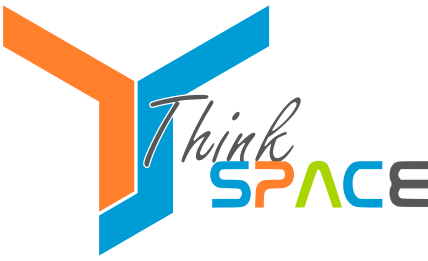3D Printing - SLS
SLS 3D PRINTING - FEW WORDS
From the various available 3D printing methods, the SLS method (i.e. Selective Laser Sintering) aspires to be the technology of the 21st century. Unprecedented, even impossible to achieve is a way to transfer designer visions without having to limit yourself with the possibilities of production. Its only limitation is… human imagination! SLS printing is constantly evolving, newer and newer materials are tested, it is perfect not only for rapid prototyping, but also for the production of the final item.
WHAT IS SELECTIVE LASER SINTERING PROCESS?
- Subsequent, very thin layers of material (usually plastic in the form of powder particles) are applied by machine;
- Then the laser sinters (solids, cures) selected points (powder particles);
- After printing, the uncured powder is removed (usually manually or semi-automatically) and a finished object or semi-finished product is ready for further processing (milling, turning, coating).
APPLICATION OD SLS METHOD:
- fully functional prototypes and the entire assembly of components;
- spare parts;
- automotive industry;
- architectural visualizations;
- electronics housing;
- machinery industry, household appliances;
- medicine – bone preview models for surgery planning, personalized bone prostheses, dental prosthetics.
MATERIAL USED IN SLS:
- SLS printing is not limited to only plastics, but also uses metals (Al, Cr, Ti, Fe, Cu), metal alloys (Fe-Cu, Fe-Sn, Cu-Sn), ceramics (Al2O3, FeO , NiO, ZrO2, SiO2, CuO), other alloys (bronze, nickel, Inconel 625) and many other materials still under development;
- Final processing is different depending on the material used;
- In everyday use, even for hobbyists or small businesses, PA12 – a polyamide powder is most often used, which allows the production of items with high mechanical and thermal resistance.
ADVANTAGES OF SLS:
- Does not limit the designer's imagination, like existing manufacturing technologies;
- Does not need to create physical supports for geometrically complex models;
- Speed of prototyping and precision – it becomes profitable to use them not only for prototype purposes, but also for mass production of less than 1000 pieces.
- Prints from many materials with high mechanical, temperature and chemical strength are possible, together with the addition of such materials as aluminum or glass.
DISADVANTAGES OF SLS:
- In the 21st century, it is still quite a costly process;
- Further development of SLS printing will definitely be based on the search for solutions to accelerate the process in mass production.
Subscribe
Stay tuned;) Weekly dose of new information and experiments from the world of 3D printing and technology

